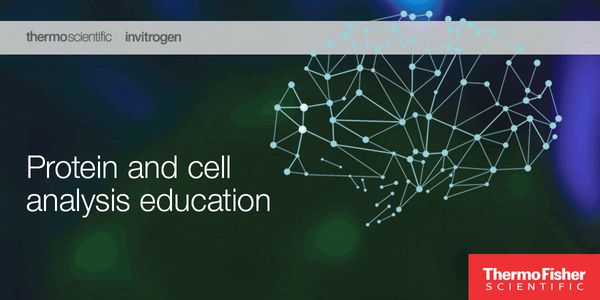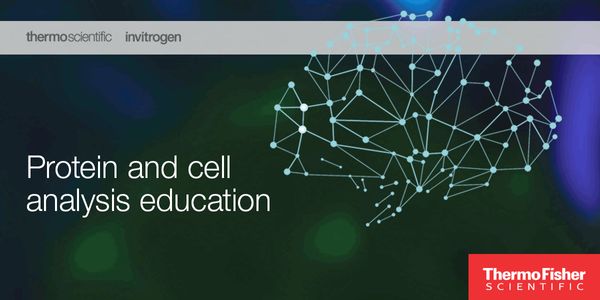Ambrx’s mammalian expression platform (EuCODE™) enables non-native amino acids (nnAAs) through an expanded genetic code to both generate novel bio-therapeutics and to optimize the...
JAN 15, 2019 | 12:00 AM
DATE: January 15, 2018TIME: 4:00pm SGTPThere is a clear call to automate manufacturing for cell and gene therapy products, but when should you automate? In this session, we...
DEC 05, 2018 | 8:00 PM
DATE: December 05, 2018TIME: 08:00 PSTWhat is desperately needed are methods to detect cells that cause metastasis–known as cancer stem cells (CSC), a subpopulation of...
DEC 05, 2018 | 7:00 AM
DATE: December 05, 2018TIME: 07:00 PSTWhat is desperately needed are methods to detect cells that cause metastasis–known as cancer stem cells (CSC), a subpopulation of...
DEC 03, 2018 | 11:00 PM
DATE: December 4, 2018TIME: 8:00am CET PSCs represent an important tool in a wide range of applications, including basic research, disease...
NOV 13, 2018 | 6:00 AM
DATE: November 13,2018TIME: 3:00pm CET, 7:30pm IST, 06:00am PST The assessment of cell health and cellular responses after experimental manipulation continue to be a very important...
Reliable expression of recombinant proteins in human or CHO cells is essential for many aspects of biomedical research and drug development but is often hampered by low expression yields that...
























